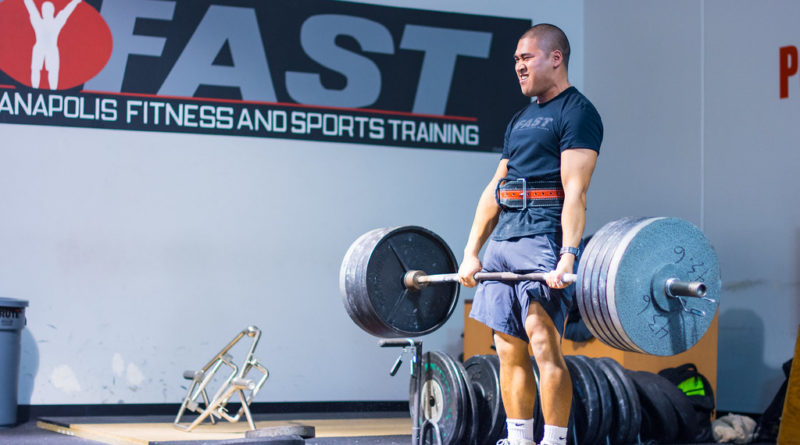Fancy a Pull?
Ever heard this term before? No? Neither had I until I started attending certain gyms with an athlete population of old school judo players.
Now this got me thinking about the term itself. Not only is it a great way to ask somebody if they fancied training but also about the context behind the term itself “pull”. It is no secret that pulling strength is a major performance marker in grappling sports. If you have had the pleasure to meet and train with some of the pivotal individuals within this sport you will notice not only are they technical, but they also have superior strength in the various movement patterns.
So why is pulling strength so important? If we objectively look at the various arts of grappling, we can see one underlying feature. All of them rely on using upper body gripping and pulling to manipulate our opponents positioning (obviously there are other elements at play, but we shall save that for a later date). For example: BJJ practitioners need to be able to withstand heavy grip fighting and isometric tension in both the arms and back to maintain position in both guard and guard passing positions. Judokas have to use strong pulling motions to control an opponent’s upper body in order to close the distance and instigate a throw. Wrestlers rely heavily on explosive pulling movements such as arm drags, sit throughs but also strong isometric contractions to control and finish single legs, double legs, ankle picks etc.
I don’t really need to go into further detail, the evidence speaks for itself surrounding the important of gripping and pulling strength within grappling sports. So how do we now take that information and go about training it?
Well the good news is increasing your strength in hands, back and arms usually go hand in hand as they typically all occur in the sagittal and transverse plane and involve flexion/extension of the elbow.
When looking to improve pulling power we want to consider 5 main training variables:
- Train your pulling strength maximally to increase force production:
- Deadlifts, Pendlay Rows & Bent Over Rows all have a massive transfer into upper body pulling and grip strength, and due to the activation of the entire posterior chain we can really look to maximise loads to not only develop relative strength, but also positional strength and strength endurance.
- Train Unilaterally – Single Arm Row Variations, Single Arm Lat Pulldowns.
- Unilateral training simply refers to using one side of the body at a time. When partaking in grappling sports it is very rare that both limbs are being used in the same manner at the same time. Therefore, it is imperative to ensure we have single limb strength but to also minimise the risk the injury through muscular imbalances.
- Train Horizontally and Vertically – Horizontal = Rowing Variations, Vertical = Pull Ups, Lat pulldown.
- The majority of pulling movements generally occur horizontally (pulling an object towards the torso). However, having balance throughout the two basic movements are vital overall pulling strength as well as shoulder health, overall muscle development and physique balance.
- Train through various ranges of motion using various tempos – ossification sets, eccentrics, isometrics.
- Within a sport environment very rarely do we see a nice and controlled movement with a full range of motion. Due to this it is important we input various stimuli that can ensure strength and power regardless of the positioning, ossification sets are a great way of adding additional training stimuli and maximising that pulling power. That being said it is important to prioritise full ranges of motion 90% of the time. This will ensure we get full muscle contraction and maximal firing of motor units which are going to play the largest role in strength capacity when transferring into a sporting action.
- Tempos can be a great way to add another dynamic to your training. Isometric strength in particular plays a major role within grappling sports as quite often are individuals expected to maintain a static hold against an opposing force. Adding 3-10s holds at the peak of a pulling action are a great way to increase strength in the grips, arms, back and core stabilisers.
- Last but not least train dynamically – power = force x speed.
- It is important to have an underlying base of pulling strength that can be achieved through the various means above. However, a large portion of grappling performance measures rely on an individual’s ability to accelerate and decelerate under high velocities. Thus, demonstrating the importance of training these movements quickly!
- Catch & Release Rows, Timed sets etc. are great methods of enhancing explosiveness throughout these movements.
Now you may have noticed I haven’t specifically talked about training your grip in isolation. Firstly, for those who are on the mats 3+ times a week your hands & forearms will already been getting a significant training volume by sport specific gripping alone and adding in additional gripping exercises can be a way of ensuring overuse injuries in the long run and secondly when we look at increasing pulling strength as a whole we still get significant grip stimulation throughout the various exercises, and increasing strength in those particular areas will subsequently increase your gripping ability (I am yet to meet an individual who has a heavy deadlift who simultaneously has a weak grip).
Owner/Coach – Brotherhood Health Performance

